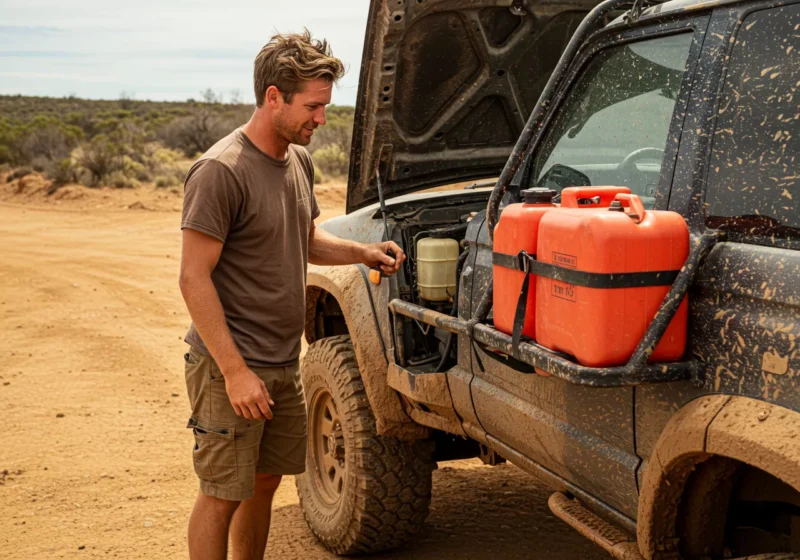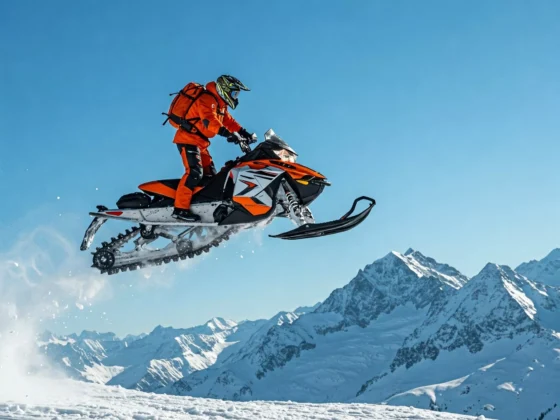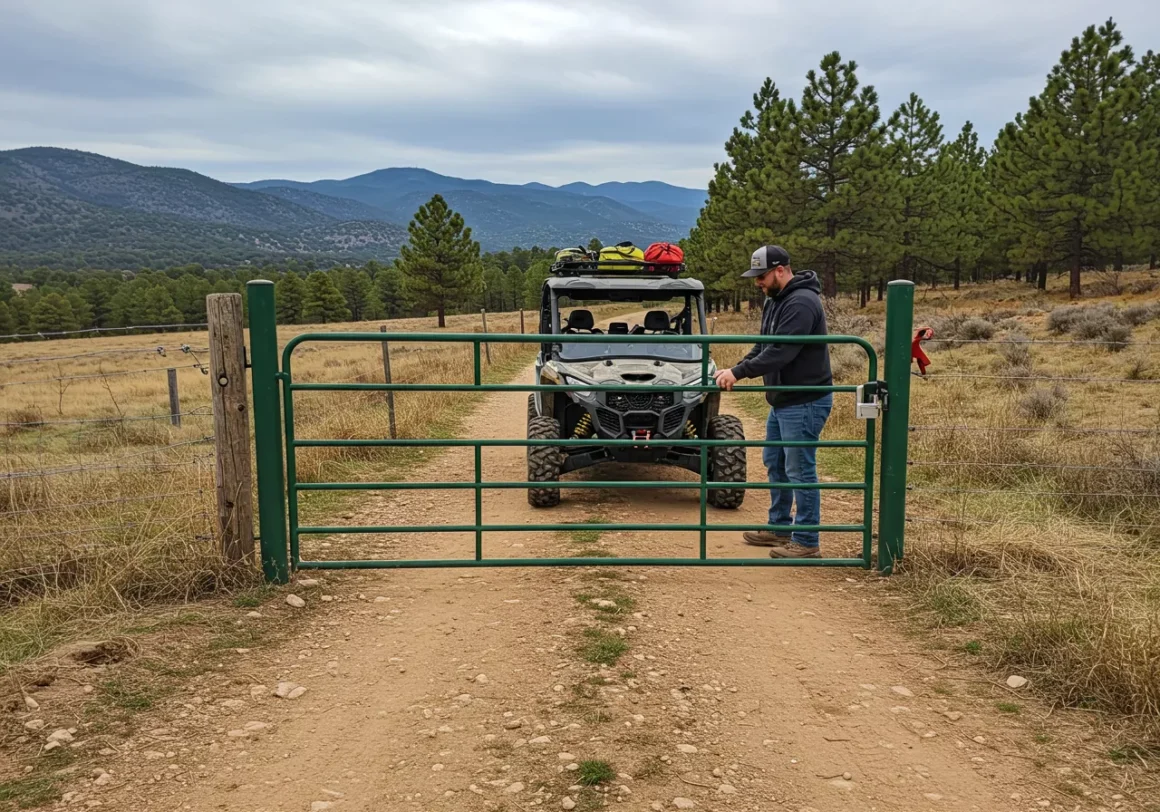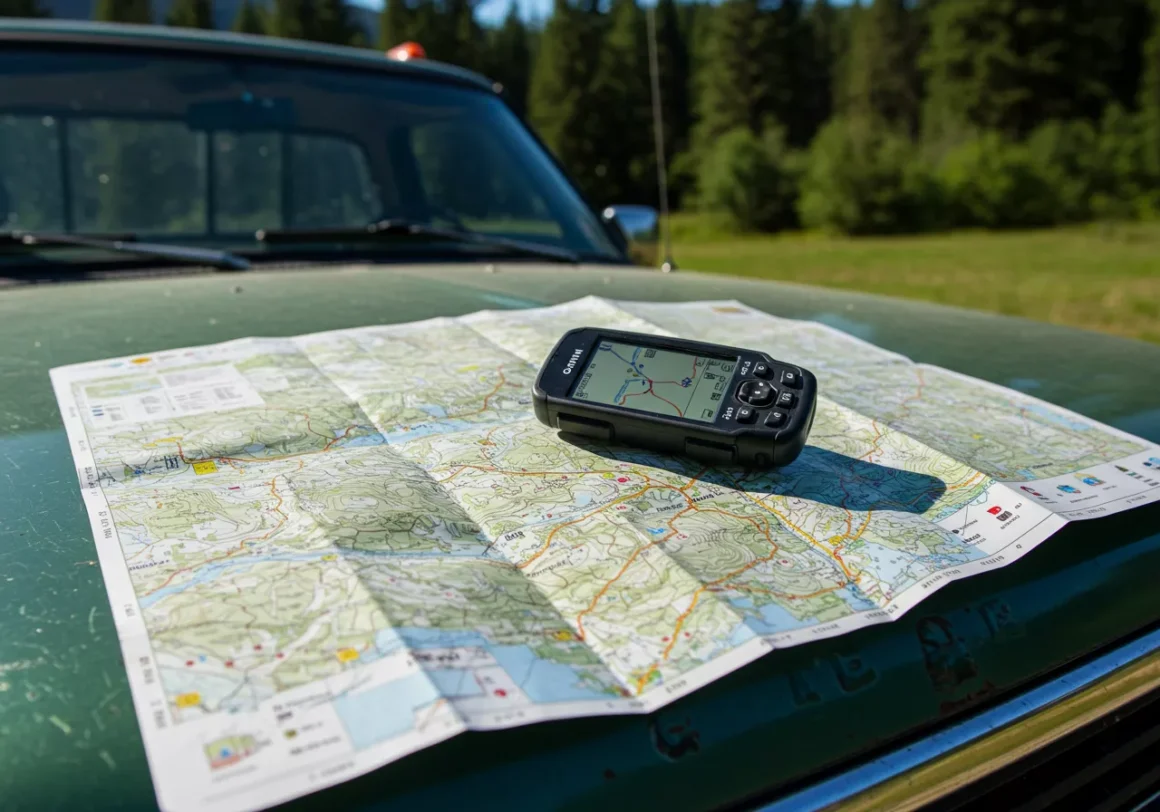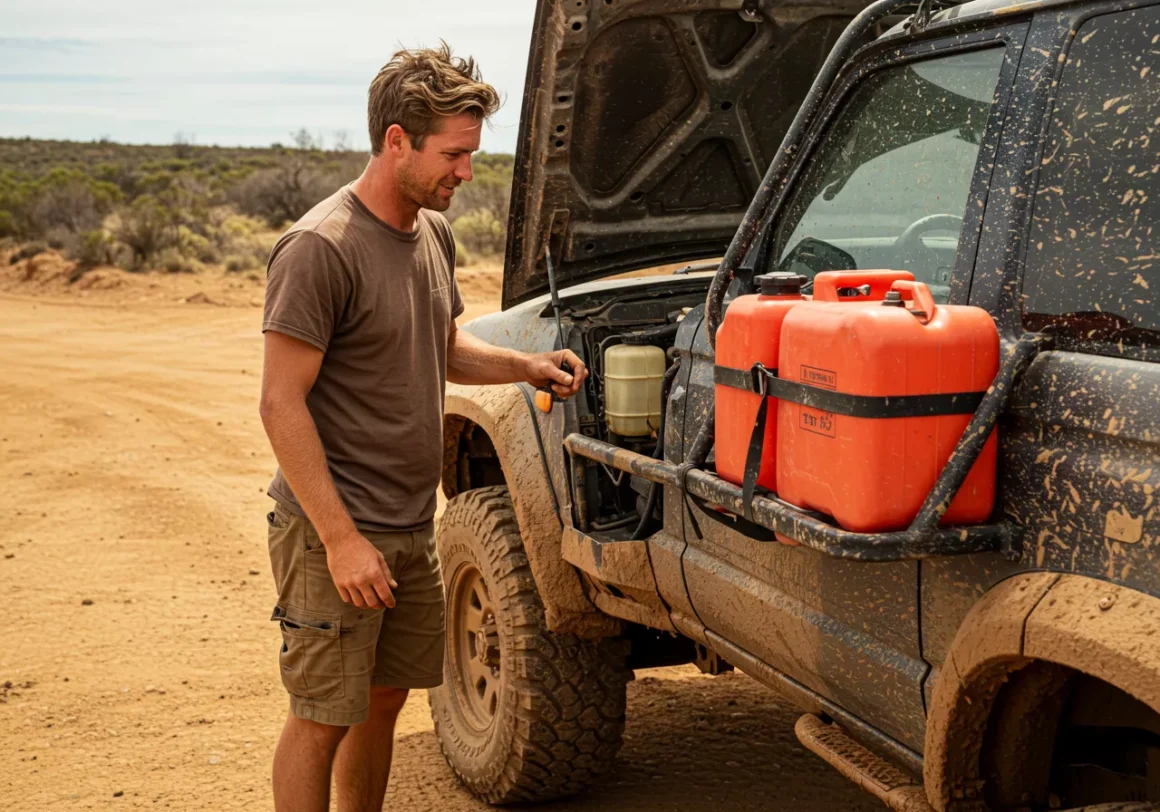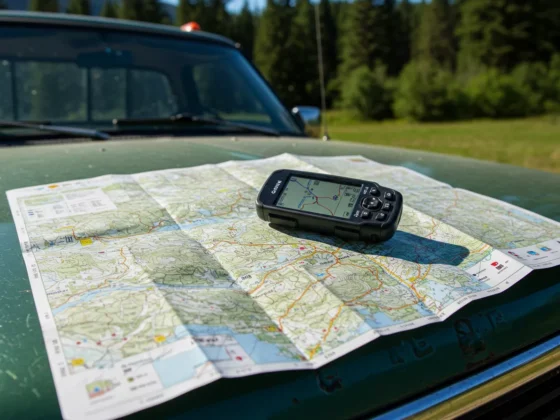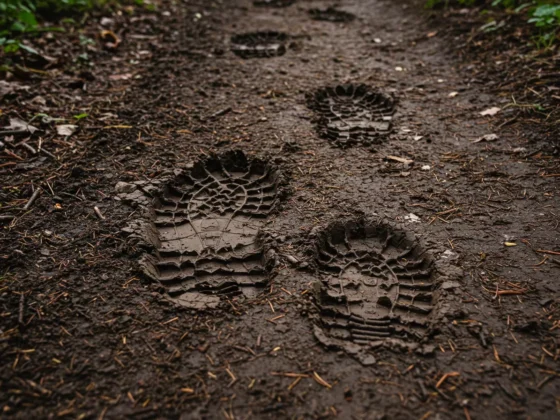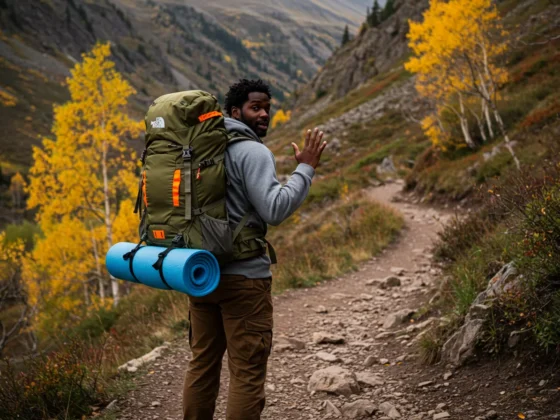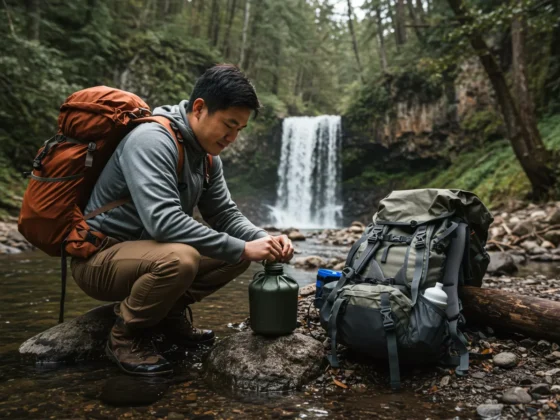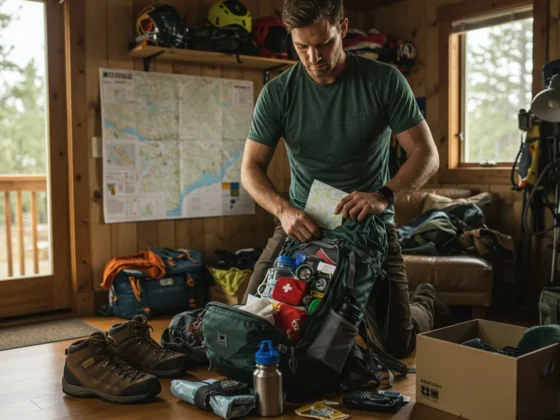Owning a vehicle, whether for daily commuting or adventurous trail exploration, comes with the responsibility of ensuring its reliable operation. Basic maintenance performed regularly can prevent many potential issues, while knowing how to handle common problems on the trail can be the difference between a minor delay and being stranded. This guide provides an overview of essential maintenance checks and common trailside repairs to keep you moving.
The Foundation: Basic Vehicle Maintenance
Regular maintenance is key to the longevity and performance of your vehicle. Adhering to the manufacturer’s recommended maintenance schedule, found in your owner’s manual, is paramount. Beyond that, several fundamental checks should be part of every vehicle owner’s routine:
- Fluid Levels: Regularly checking and maintaining adequate levels of essential fluids is crucial. This includes engine oil, coolant, brake fluid, power steering fluid, transmission fluid, and windshield washer fluid. Low fluid levels can lead to serious component damage and affect performance and safety. Familiarize yourself with the location of each reservoir under the hood and the correct type of fluid for your vehicle as specified in the owner’s manual.
- Tire Condition: Proper tire inflation is vital for safety, fuel efficiency, and tire longevity. Check your tire pressure regularly using a reliable gauge, including the spare tire, and inflate to the pressure recommended on the sticker in your driver’s side doorjamb or owner’s manual (not the maximum pressure listed on the tire itself). Inspect tires for uneven wear, cuts, bulges, and adequate tread depth. The penny test (insert a penny head-first into a tread groove; if you can see the top of Lincoln’s head, your tread is worn) is a simple way to gauge tread wear, though a tire depth gauge provides a more accurate measurement. Rotating your tires according to the recommended schedule helps ensure even wear.
- Air Filter: A clean engine air filter ensures proper airflow for combustion, impacting performance and fuel economy. Check your air filter periodically and replace it when it appears dirty or clogged. This is usually a straightforward task outlined in your owner’s manual.
- Lights and Wipers: Ensure all exterior lights (headlights, taillights, brake lights, turn signals, parking lights) are functioning correctly. Carry spare bulbs and know how to replace them. Worn or damaged windshield wiper blades can significantly reduce visibility in inclement weather and should be replaced when they no longer clear the windshield effectively.
- Belts and Hoses: Inspect visible belts for cracks, fraying, or excessive wear. Check hoses for cracks, leaks, or signs of hardening or softening. These components can fail over time and lead to overheating or loss of function for critical systems like the power steering or charging system.
On the Trail: Handling Common Issues
Venturing off the beaten path increases the likelihood of encountering unexpected vehicle issues. Being prepared for common trailside repairs can save you from a difficult situation.
- Flat Tires: This is perhaps the most frequent trailside problem. Carry a good quality tire repair kit suitable for your tire type (tubed or tubeless), a portable air compressor or pump, and a sturdy jack and lug wrench. Learn how to safely change a tire, plug a puncture, or use a tire boot for larger sidewall damage.
- Minor Leaks: While significant fluid leaks require professional attention, identifying and temporarily addressing minor leaks can help you reach safety. Understanding the color and smell of different fluids can help you identify the source of a leak (e.g., engine oil is typically brown or black, coolant can be green, red, or yellow and has a sweet smell, brake fluid is usually clear to yellowish). Carrying a small amount of the appropriate fluid for your vehicle can be helpful for topping off if a slow leak is detected.
- Electrical Issues: Blown fuses or loose connections can cause various problems, from malfunctioning lights to a non-starting vehicle. Carry a selection of spare fuses and learn how to check and replace them. Inspecting battery terminals for corrosion and ensuring they are secure is also a good practice. A basic test light or multimeter can be invaluable for diagnosing electrical problems.
- Damaged Belts or Hoses: A broken serpentine belt will cause a loss of power steering, the charging system, and potentially the water pump, leading to overheating. While replacing a belt on the trail can be challenging, carrying a spare if your vehicle’s belt is easily accessible and you have the necessary tools (like a serpentine belt tool) might be an option. Similarly, a ruptured hose can cause a rapid loss of coolant. Carrying some strong repair tape (like silicone tape) can sometimes provide a temporary fix for a small hose leak.
Essential Tools and Supplies
A well-stocked toolkit is indispensable for both basic maintenance and trailside repairs. Consider assembling a kit that includes:
- Socket set and wrenches: In both metric and standard sizes relevant to your vehicle.
- Screwdrivers: A variety of Phillips and flat-head screwdrivers. A multi-bit screwdriver can save space.
- Pliers: Including needle-nose, regular, and potentially locking pliers.
- Adjustable wrench: For versatility.
- Tire pressure gauge.
- Tire repair kit: Plugs, patches, and rubber cement.
- Portable air compressor or pump.
- Gloves: To keep your hands clean.
- Flashlight or headlamp: Essential for working in low light conditions.
- Basic cleaning supplies: Rags or paper towels.
- Duct tape and zip ties: Surprisingly useful for temporary fixes.
- Fluids: Small containers of essential fluids like engine oil, coolant, and power steering fluid, if applicable to your vehicle.
- Owner’s Manual: Always keep your owner’s manual in the vehicle.
For trailside emergencies, consider adding items like a more comprehensive first-aid kit, jumper cables or a portable jump starter, a tow strap, and a reliable knife or multi-tool.
By incorporating basic maintenance into your routine and being prepared for common issues that can arise on the trail, you can significantly enhance your vehicle’s reliability and your confidence in handling unexpected situations. Remember that knowing your vehicle and practicing simple tasks in a relaxed environment will make dealing with them under pressure much easier.

